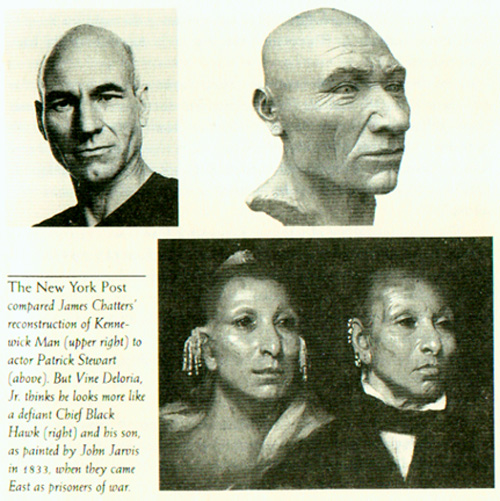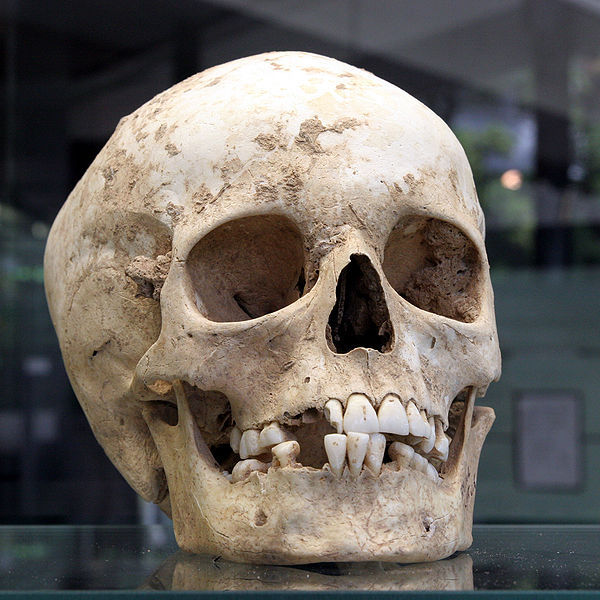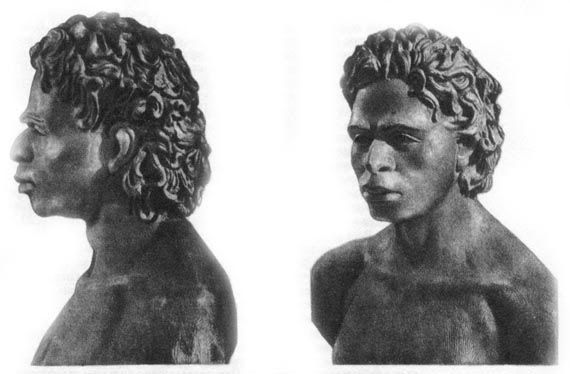That website is academic, at least it claims to be:
"Antropark was created as part of the website of the Academy of Sciences in Brno in 2005."
If that is the case then perhaps someone should inform the Academy of Sciences in Brno that this artist's renderings are totally fantastical, as they show dwellings and other artifacts which could never have been created with the technology available to the people of the Gravettian culture, and they should either get him to create drawings that comport with the archaeological evidence or cease letting him associate himself and his work with their institution.
Indeed, the EHGs on the Pontic Caspian steppe before the encounter with the Neolithic civilizations to their west and south were still living in hide tents and dwellings half dug into the earth thousands and thousands of years later.
I actually don't understand the point of some of these latter posts. Isn't it enough that the people of the Gravettian and doubtless the EHG who later occupied the vastness of Eurasia were hardy, resourceful, courageous hunter gatherers? Why is it necessary to accrue to them technology and accomplishments which didn't exist for thousands of years?
I provided links to my sources - check them.
You provided a link only to one dubious site for the renderings of their houses and artifacts, houses and artifacts which couldn't have been built by them.
You have not provided links to the renderings of the people so that we may judge the qualifications of the people who made them and the anthropological measurements and other data upon which they were based.
Just generally, as LeBrok has pointed out, it is very risky coming to any hard and fast conclusions about the appearance of ancient peoples. What is clear given the evidence we do have is that it is highly unlikely that they looked very much like modern Europeans. Indeed, the first ancient skull that corresponds the best with the majority of modern Europeans is, in my opinion, that of the LBK woman.
I therefore don't take any of the reconstructions that have been done as any sort of hard and fast proof. Just take a look at the first reconstruction of Oetzi and conjectures about his appearance based just on rough measurements, and then what they came up with after extensive scanning. Also, keep in mind that in that case we have a virtual body, not just some bones or parts of bones.
At any rate, if we're going to go by any reconstructions, perhaps those of Gerasimov are worthy of a little more credit, since he was at least an anthropologist.
Here is his rendering of Kostenki 14. This is a man adapted to the tropics, which makes sense as that's where his ancestors came from, and they had not yet adapted to their new climate.
This is Gerasimov's Sunghir man...look at this nose and jaw. You may find a European somewhere who looks a bit like him, but this is not a common European phenotype.
These were done by another Russian anthropologist of two other samples from that site:
They look even less modern European...indeed, they have a decided "Siberian" or partly east Asian look to them, which brings me to the fact that Mal'ta had, according to Gerasimov, "Mongoloid" traits. While I was always a little skeptical of his claims, the finding of EDAR markers in the SHG is prompting me to give it more consideration.
What we do know is that he had none of the modern European snps for depigmentation.
Given all of this, I am highly skeptical that these people looked anything like modern Europeans.
Of course, anyone who wishes to imagine that the Gravettians looked just like modern Eastern Europeans is free to do so.
Why not? They had Venus figurines like Gravettian.
Obviously, that doesn't mean that Mal'ta culture is the same as the Gravettian of Europe.



















